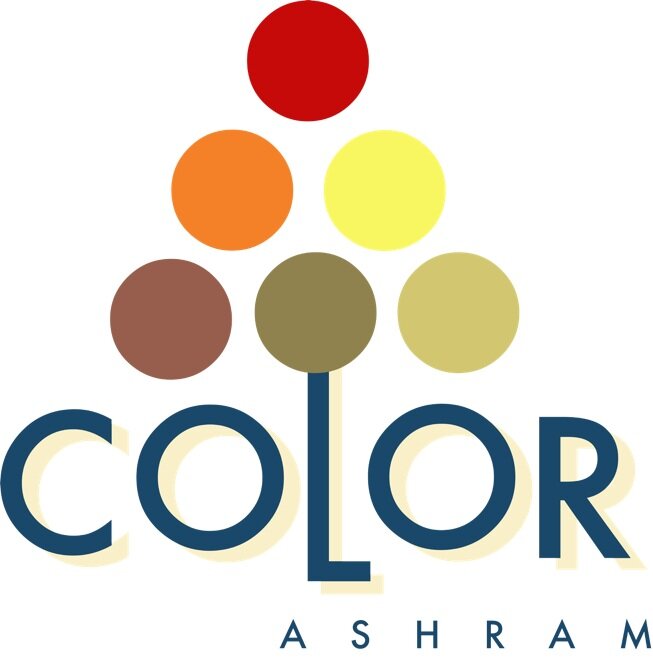The Workshop Series: Theory of Natural Dyeing
Colors are an integral part of art and design. As a feature on clothes, accessories, furniture, home furnishing, and more, they dictate our buying choices. But, ever wondered how these colors came into being? While synthetic dyes dominate most of what we use today, their natural counterparts were the only known means of color until the mid-19th century. And the sources - plants, minerals, lichens, and insects. The knowledge of dye making and application to different media like fabric, wood, paper, and walls was passed on through generations through communities that practiced natural dyeing as an art as much as their livelihood means.
Cut short to the present day. Fueled by sustainability needs, there is a re-emergence of natural dyes and an increased interest in learning about them. Not just among practitioners but also a larger audience that comprises young students, artists, designers, brands, hobbyists, craftspeople, and many more. Hence, the workshops on the Theory Of Natural Dyeing - a study of natural colors, their sources, and their making from materials found around us. The modules, at different levels, also explore the feasibility of natural dyes in a contemporary context.
At the beginner level, the workshop is a DIY kit with a tutorial. The reading material and explainer video introduce the fundamentals of natural dyeing, whereas the dye powders, mordants, and fabric pieces allow you to develop your own set of naturally-dyed swatches.
At the intermediate level, the (online) workshop uncovers common dye sources, foraging tips, knowledge of stains and dyes, and the role of different fabric types in the result achieved. The laboratory-like dip tests help you delve deeper into the chemistry of natural colors and witness magical color transformations through the alteration of pH or the use of ‘modifiers’.
At the advanced level, the workshop (hosted offline at the Ahmedabad studio) takes you on the journey of natural dyeing from historical times, its evolution through different periods, and its remarkable contribution to socio-cultural functions. The modules also examine natural dyes from a research or thesis standpoint - probing into pollution woes caused by synthetic dyes, evaluating the feasibility and application possibilities of natural dyes in current times, and addressing other issues like lead time and delivery constraints.



